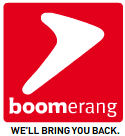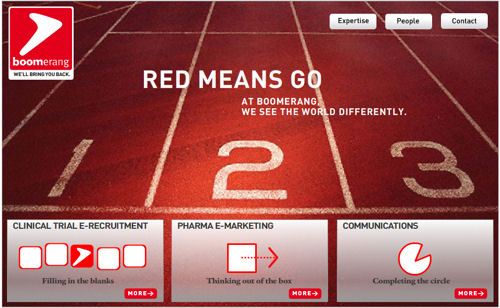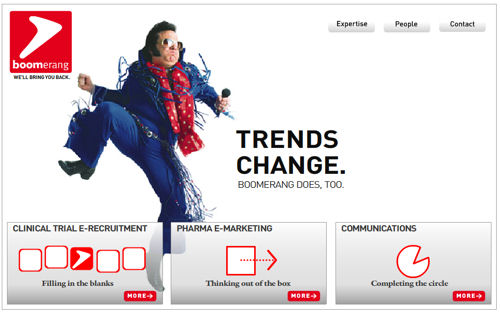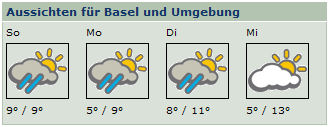After the “spring in winter”, it seems that winter and snow are coming… Mid of January…


After the “spring in winter”, it seems that winter and snow are coming… Mid of January…

Again, absolutely marvelous pictures of two moons of Saturn: Pan and Dione.
Pan is seen in this color view as it sweeps through the Encke Gap with its attendant ringlets. As the lemon-shaped little moon orbits Saturn, it always keeps its long axis pointed along a line toward the planet. From this vantage point, the dark side of the moon is visible.
This view looks toward Pan (26 kilometers, 16 miles across) within the Encke Gap (325 kilometers, 200 miles wide), on the unlit side of the rings, and from an inclination of about 33 degrees above the ringplane.
Images taken using red, green and blue spectral filters were combined to create this natural color view. The image was taken with the Cassini spacecraft narrow-angle camera on Dec. 16, 2006 at a distance of approximately 779,000 kilometers (484,000 miles) from Pan and at a Sun-Pan-spacecraft, or phase, angle of 83 degrees. Image scale is 5 kilometers (3 miles) per pixel.

Canyons and mountain peaks snake along the terminator on the crater-covered, icy moon Dione. With the Sun at a low angle on their local horizon, the line of mountain ridges above center casts shadows toward the east.
Sunlit terrain seen here is on the anti-Saturn hemisphere of Dione (1,126 kilometers, 700 miles across)–the side that always faces away from Saturn. North is up.
The image was taken in visible light with the Cassini spacecraft narrow-angle camera on Dec. 15, 2006 at a distance of approximately 299,000 kilometers (186,000 miles) from Dione and at a Sun-Dione-spacecraft, or phase, angle of 81 degrees. Image scale is 2 kilometers (1 mile) per pixel.

Surely a lot of inputs and summaries and reports concerning CES. I have concentrated myself on one post from Rodrigo, who put a very good summary, including his own comments, in his “afterthoughts”.
Have a look!
via Billy Marshall
Some interesting inputs from a former sales rep of RedHat concerning the value proposition approach of RedHat. And some structural figures about RH. The comparison between Oracle and RH is, to my mind, not really bringing so much in this discussion (as Billy is doing that) because both companies have different cost structure and business models. On the other side, which is very valuable in this post is the focus on the quality of the software as a key success factor, Open Source or not. Here I totally agree with Billy Marshall. As a Software company, you have to have a better product (or a product that doesn’t exist yet) with high quality of engineering, this should be in the center, not the model.
Open source is not a business model, it is a development model. The software business, open source or not, is about providing customers with a product that is better than the competing product. […]
A great software business is a great software business, independent of open source. Furthermore, customers will pay a premium for great software, if they cannot get the same great software cheaper from somewhere else. Therefore, if you have a great software business based upon high performing software that is only available from you, there is little reason to open source your product. […]
Support is a bad business model for software because it misaligns the customer and the vendor. Customers don’t want to pay for support or services, they want software that works WITHOUT support. Vendors that generate revenue from support only scale their business if the software is buggy and difficult to configure – driving support calls/incidents/whatever in order to scale revenue. […]
The biggest problem I had while running sales for Red Hat was overcoming the customer objection that Red Hat’s software should be very cheap, or that Red Hat’s value should be based upon how much “support” the customer consumed (incidents, callers, whatever). […]
Customers stopped talking about “support” and “free software” because we convinced them that engineering is what really matters . . . . and they could only have the product if they paid for it. […]
Spending structure as a percent of revenue:
Article from December 2006, but still some interesting information.
Novell’s Linux revenue performance:
- Q105 $8.5m
- Q205 $8.6m
- Q305 $8.9m
- Q405 $9.3m
- Q106 $10.4m
- Q206 $10.3m
- Q306 $11.6m
- Q406 $13.0m
[…] With Linux revenue only accounting for 5.3% of Novell’s total revenue in the fourth quarter (4.7% for the fiscal year) it is not fast enough growth to offset the demise of Novell’s NetWare business.
That business shrunk $19.4m year-over-year in the fourth quarter, while Novell’s combined Linux and Open Enterprise Server revenues were up just $4.3m year-over-year.
I had the chance to meet, among others, two great Swiss colleagues at leweb3:
They were kind enough to interview me, great exchange, super video and sound quality (Thierry, you are a pro podcaster ;-). Have a look, it is in French (yes, I know, would have been better in English). The interview is explaining what we are doing in ecenter solutions, how we have managed to spin-off, the state of innovation and entrepreneurship in Switzerland, blogging, etc.
So, 16 minutes of good Q&A; with Thierry, a mp4 file of about 100MB.
And a very kind introduction post by Thierry.
Trends change. Boomerang does too.
If you are following my blog for a while, you know that I have the honor to be a member of the Board of Directors of Boomerang since 2000 (for example, here and here). It is really very inspiring for me to be in this Board. And a real chance, the other members are definitely A-level professionals, and great persons.
Boomerang has changed its logo and its website, and has re-communicated its vision and strategy. I really love the way it is communicating, but it is clear, I am not very objective ;-). Anyway, have a look, the red color is used, which is quite unusual as you perhaps know. People are saying that “blue” companies are more successful than “red” ones, excepted for one (huge) exception – coca-cola.
Our niche expertise comes from our in-depth knowledge of the pharmaceurical industry, combined with the best of online marketing techniques.
Our vision is to educate and drive behavioral change that will lead to a measurable outcome by developing web realtionships sending the right message to the right person at the right moment at a reasonable cost.
The 3 Boomerang’s services:



via Seth Godin
An *excellent* post from Seth. He is explaining the differences between strategy and tactics and how a good strategy can simplify our life. Or the contrary, if you haven’t defined the right strategy…
[…] The right strategy makes any tactic work better. The right strategy puts less pressure on executing your tactics perfectly.
Here’s the obligatory January skiing analogy: Carving your turns better is a tactic. Choosing the right ski area in the first place is a strategy. Everyone skis better in Utah, it turns out.
If you are tired of hammering your head against the wall, if it feels like you never are good enough, or that you’re working way too hard, it doesn’t mean you’re a loser. It means you’ve got the wrong strategy.
It takes real guts to abandon a strategy, especially if you’ve gotten super good at the tactics. That’s precisely the reason that switching strategies is often such a good idea. Because your competition is afraid to.
via news.com
It seems that Marc Fleury, the former CEO of jBoss and now responsible by RedHat for the new corresponding division, is not feeling so good since the integration…
“I am going to take some time off to take care of family and myself. I am increasingly experiencing diminishing returns on my emotional and professional investments at Red Hat,” Fleury said in the December note seen by CNET News.com. “Working with all of you at JBoss has been a pleasure and probably the apex of my short career.”
Fleury complained that the JBoss research and development budget “really hasn’t benefited from a huge investment, which I was hoping for and was the main reason I went to Red Hat…That’s a bit of a point of frustration for me personally.”
In 2005, analysts raised doubts about the JBoss integration. But when reporting financial results for its most recent quarter, Red Hat reiterated its expectation that JBoss would generate between $22 million and $27 million by the time the company’s fiscal year ends on February 28.
Strange weather, a kind of “March-feeling”…
